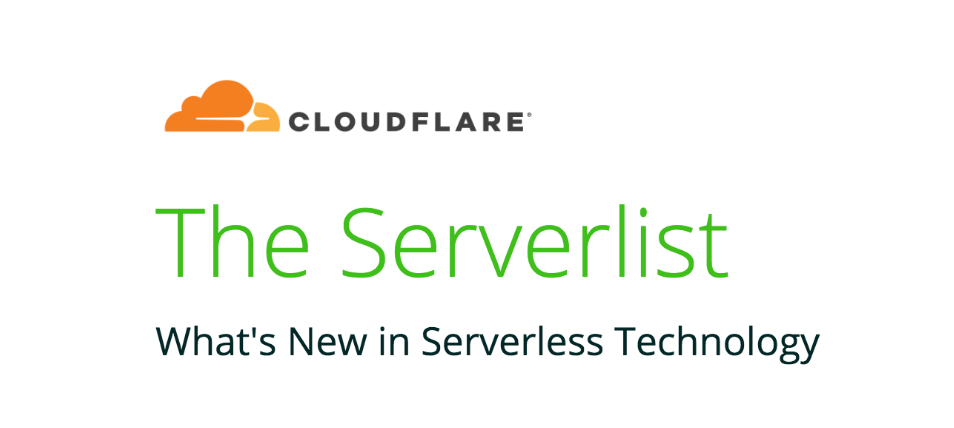Unstructured Data Leads Dell EMC to Expand Isilon Storage
 The new storage platform “sits slightly ahead of the curve with what’s happening in the...
The new storage platform “sits slightly ahead of the curve with what’s happening in the...
Huawei Dominates Global Network Equipment Services Market, Dell’Oro Reports
 The China-based firm held a commanding lead in global sales over rivals Ericsson, Nokia, and Cisco....
The China-based firm held a commanding lead in global sales over rivals Ericsson, Nokia, and Cisco....
Kinetic Edge Alliance Targets 30 Markets to Unleash Edge Critical Mass
 The new group advances Vapor IO’s Kinetic Edge architecture, which uses software-defined...
The new group advances Vapor IO’s Kinetic Edge architecture, which uses software-defined...
IBM Taps Kubernetes to Unleash Watson Across Clouds
 Watson applications can now be run as microservices orchestrated by Kubernetes across rival cloud...
Watson applications can now be run as microservices orchestrated by Kubernetes across rival cloud...
The perils of using Internet Explorer as your default browser – Microsoft Tech Community – 331732

IE isn't going to reliably work because no one is testing or writing for it anymore.
The post The perils of using Internet Explorer as your default browser – Microsoft Tech Community – 331732 appeared first on EtherealMind.
History Of Networking – The Internet – Dave Farber
Outro Music:
Danger Storm Kevin MacLeod (incompetech.com)
Licensed under Creative Commons: By Attribution 3.0 License
http://creativecommons.org/licenses/by/3.0/
The post History Of Networking – The Internet – Dave Farber appeared first on Network Collective.
Tech Field Day in Barcelona
I was in Barcelona last week, there was a Cisco Live as you might know. During the Cisco Live unfortunately I couldn’t meet with people as I was invited them by Tech Field Day and recorded many great sessions together. Cisco announced ACI in Cloud and there was presentations about it. If you don’t …
Continue reading "Tech Field Day in Barcelona"
The post Tech Field Day in Barcelona appeared first on Cisco Network Design and Architecture | CCDE Bootcamp | orhanergun.net.
Datanauts 158: Creating, Operating, And Collaborating On Open Source
Today's Datanauts examines the successful open source project dbatools to better understand its intent, how the project is operated, and how folks collaborate across a wide spectrum to build something magnificent and open. Our guests are Chrissy LeMaire and Rob Sewell.
The post Datanauts 158: Creating, Operating, And Collaborating On Open Source appeared first on Packet Pushers.
Symantec Buys Luminate, Adds Software-Defined Perimeter to Its Cloud Security Arsenal
 The acquisition advances Symantec’s strategy of buying born-in-the-cloud security startups and...
The acquisition advances Symantec’s strategy of buying born-in-the-cloud security startups and...
BiB 071: SnapRoute CN-NOS For Whitebox Focuses On Operators
Drew Conry-Murray & Ethan Banks were briefed by SnapRoute co-founders Adam Casella and Glenn Sullivan in February 2019. After a year plus of post-launch quiet, SnapRoute has re-emerged with a new focus and energy centered around a shiny new whitebox network operating system called CN-NOS. The NOS is aimed at making operations easier, and features Kubernetes inside. Not just a K8s plugin, either.
The post BiB 071: SnapRoute CN-NOS For Whitebox Focuses On Operators appeared first on Packet Pushers.
Introducing The Serverlist: Cloudflare’s New Serverless Newsletter

At Cloudflare, we've been digging our heels into serverless, so we created The Serverlist newsletter, enabling us to share interesting content in the serverless space with the developer community. The Serverlist newsletter highlights all things serverless, with content that covers news from the serverless world, tutorials to learn how to get involved yourself, and different events you can attend.
Check out our first edition of The Serverlist below and sign up here to have this newsletter delivered to your inbox.